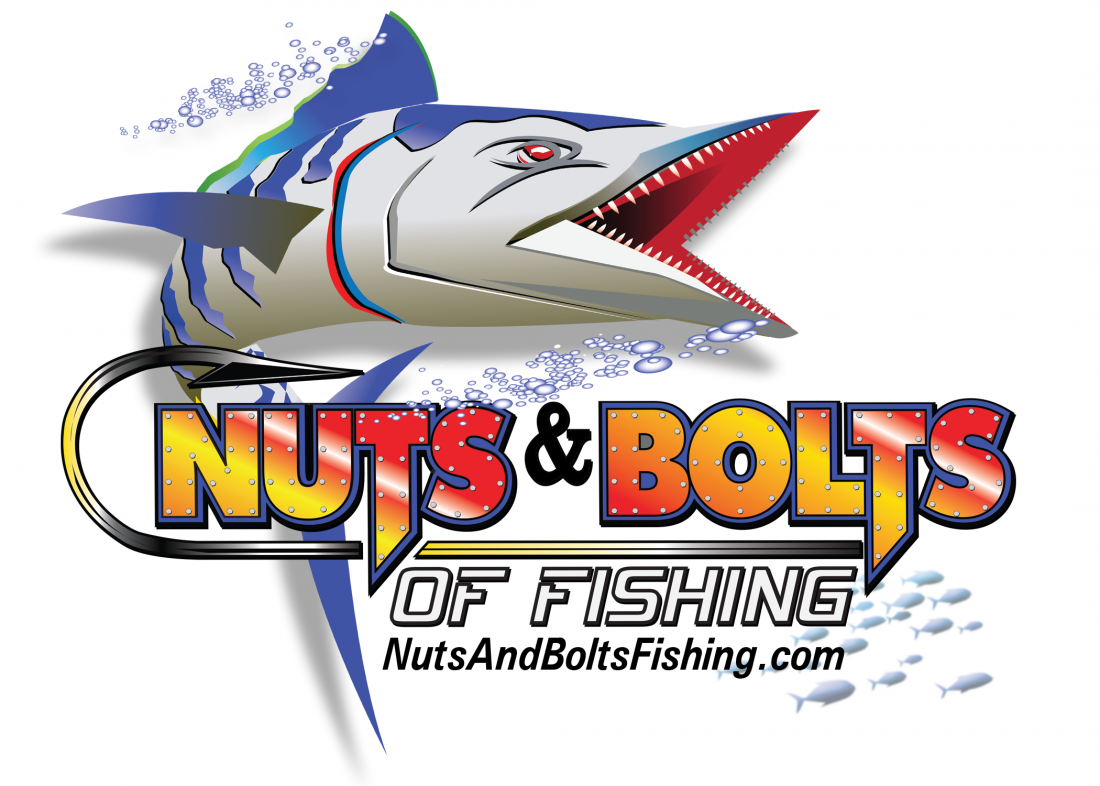By: Capt. Cefus McRae, Nuts & Bolts of Fishing Series
If you open a hatch on my boat, you’ll find a dozen or more tackle trays with an assortment of hooks, weights, swivels, and of course lots of lures. As a matter of fact, you might think you were looking down the aisle of a tackle store by the numbers of lures that I’ve stuffed in there.
As anglers, we need to have whatever we think the fish might be biting that day…and we need to have lots of it. Right? Diving plugs, suspending plugs, topwater plugs, swimbaits, soft plastics, jigs, spoons, bucktails…and it goes on and on.
The real secret with artificial baits is to mimic the food source gamefish want to eat. Or, to pitch a lure that causes an instinctive reaction strike. I honestly don’t know whether I’m getting an “I’m hungry” strike or a “reaction” strike many times. I’m just happy when the fish takes the lure.
In my opinion, the best bait is going to be whatever the fish happen to be eating in their natural environment. And that typically boils down to live bait. I’m not aware of any gamefish that can solely survive on plastic, wood or nylon. They have to eat other critters. And if you can hone in on that natural quarry, then you’ve got a fighting chance at catching a fish. Whether you’re presenting a living creature, or mimicking it with something man-made.
Minnows, smaller fish, crustaceans, bugs, worms, eels, even rodents and reptiles all represent food sources to top-of-the-food-chain gamefish. So if I have the opportunity, I’m going to try to fill my bait well with something tasty and frisky that will fit on a hook.
Frisky is a definite key for success. Live baits require some special attention, if you want to keep them at their peak friskiness all day. Here’s a couple tips that can make the difference between fishing with great baits and not-so-great baits.
#1. Buy your live bait from a reputable source that has LOTS of customers. If they have a lot of customers, that means they’re going through lots of bait, and that means they get replenished frequently. Which means you’re getting fresh bait too.
#2. Don’t overcrowd your bait well. You can’t put 20 pounds of potatoes in a 10 pound sack. Frisky baits need room to move without constantly bumping into each other, or bumping into the walls of your bait well. You’ll know you’ve put too many in, when you pull a herring or pogie out and it has a reddish nose. I’d rather have 50 great baits, than 100 baits that are about to expire.
#3. Consider the water temperature and oxygen content of the bait tank at the bait shop, and try to maintain that in your own bait well. That might mean adding some ice during the day. Pulling in 85 degree lake water into your bait well will have a detrimental effect on your minnows. Bubblers work OK. Recirculators are also good. But you may want to consider adding an oxygen diffuser system to your wells to really keep baits fresh all day, or even overnight.
#4. Have some sort of filtration on your bait well. This comes in a variety of forms, and manufacturers offer lots of options. The stress of being in a confined space causes fish to exude a lot of ammonia, and that’s not an ideal environment for bait. Open your hatch regularly to let some of it escape as a gas.
#5. Do your best to keep your bait well as full as it can be. A partially filled bait well will ‘slosh’ around and that does bad things to your bait. Imagine being in a washing machine…that’s what it’s like to your prized and expensive baits.
#6. You want to keep your bait frisky and appealing when it’s on the hook. So match the hook size to the size of the bait…not the size of fish you think you might catch. A properly matched hook will allow the bait to swim freely and they will remain alive much longer; giving you more opportunity to hook up with a monster.
Finally, when a live bait does finally expire. Don’t throw it back in the water. Put it in a small container with water and a few tablespoonfuls of salt in it. The salt will help to toughen the bait; and when the bite slows down, cut those bluebacks, greenies, or pogies into tiny chunks and use as chum. You’ll be amazed at how you can turn the bite back on.
Tight lines and calm seas.
Capt. Cefus McRae

